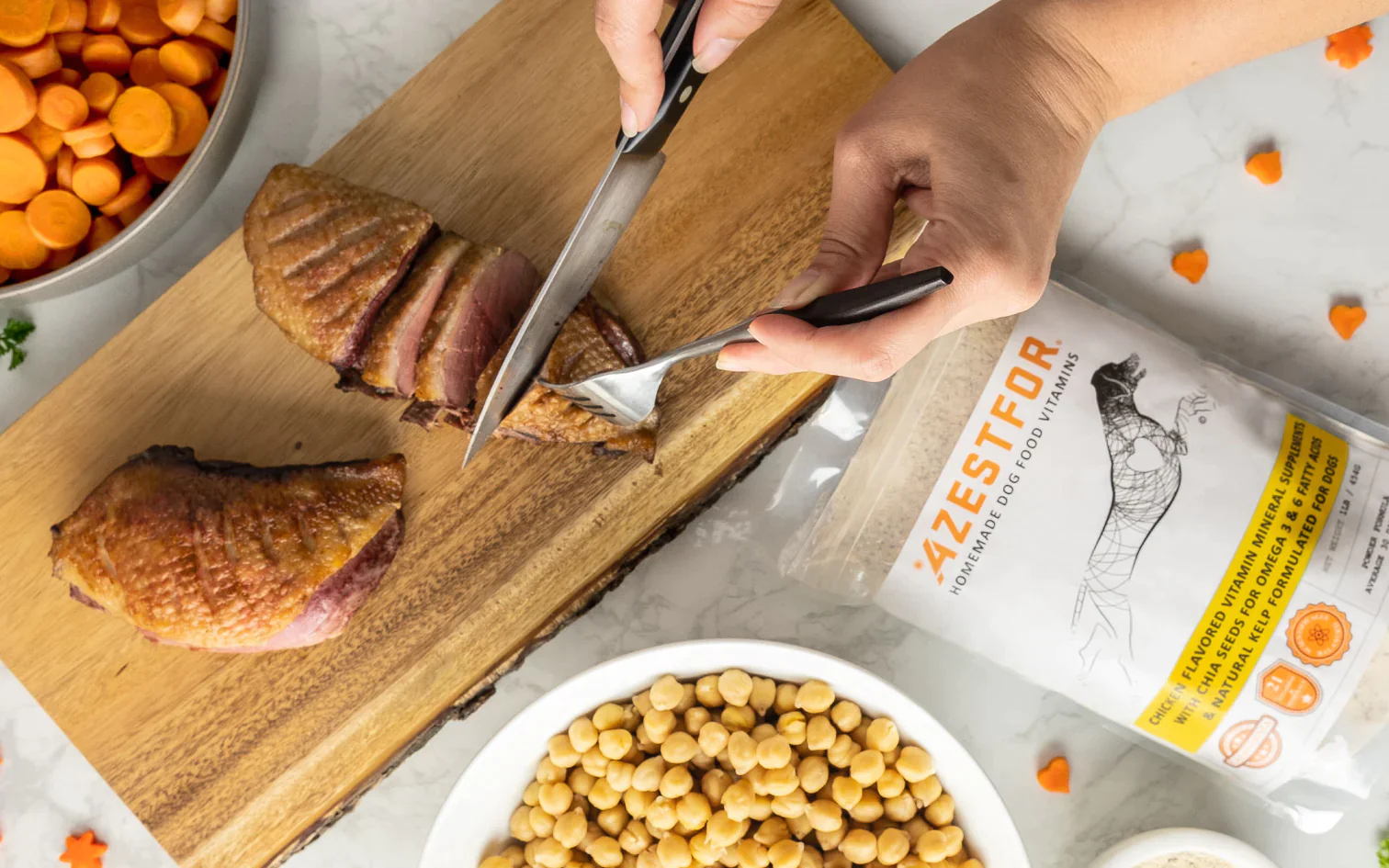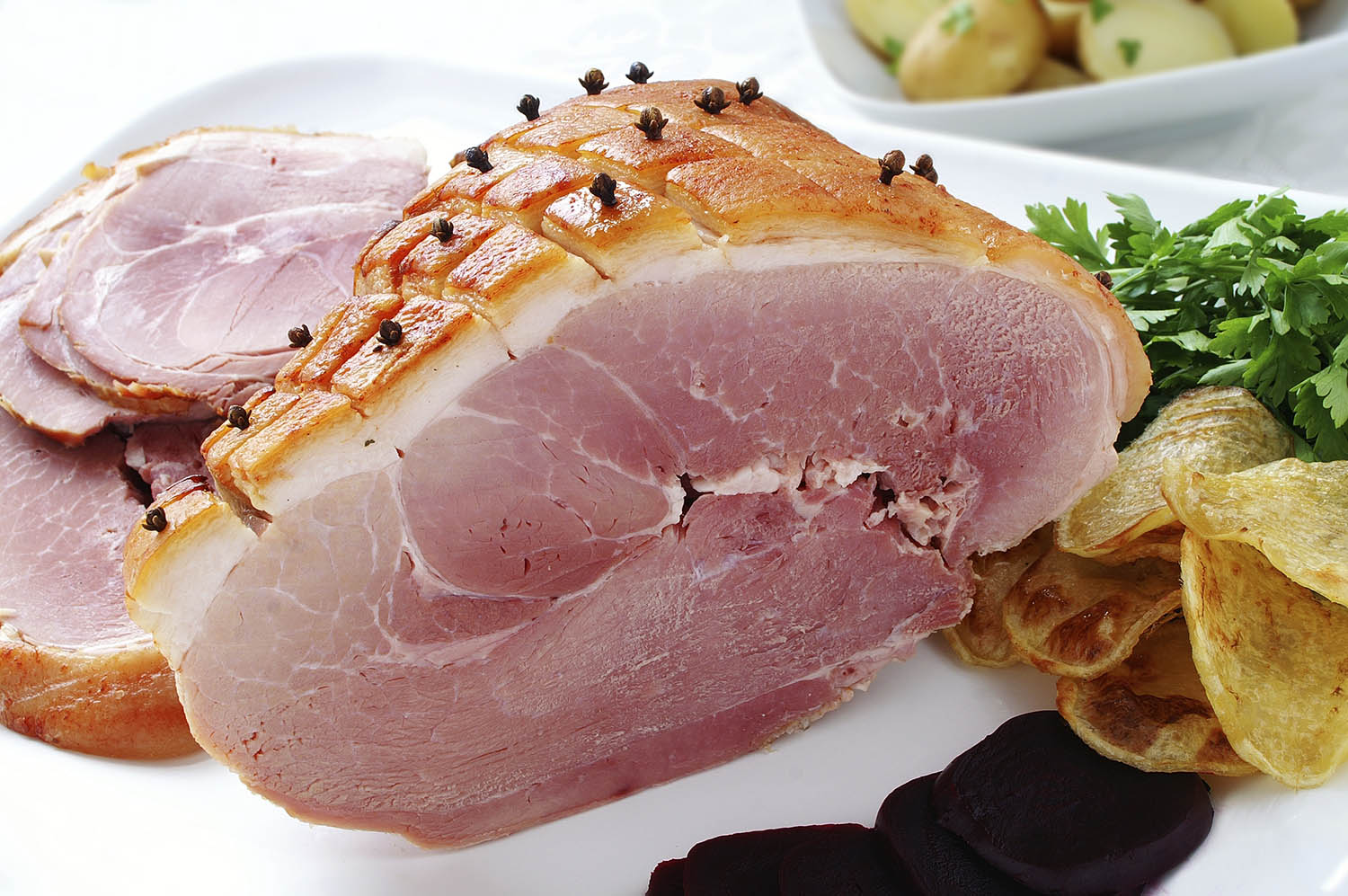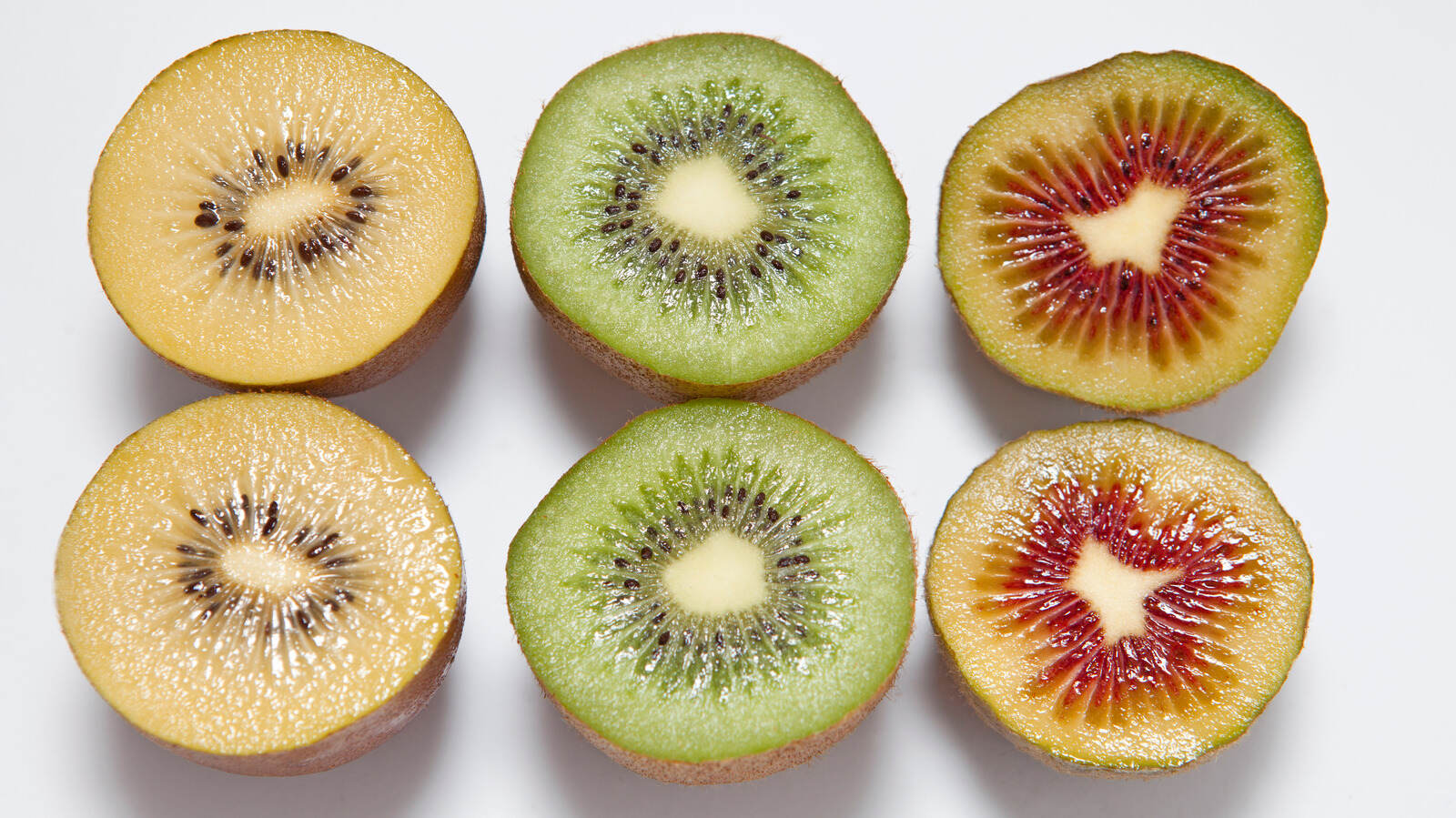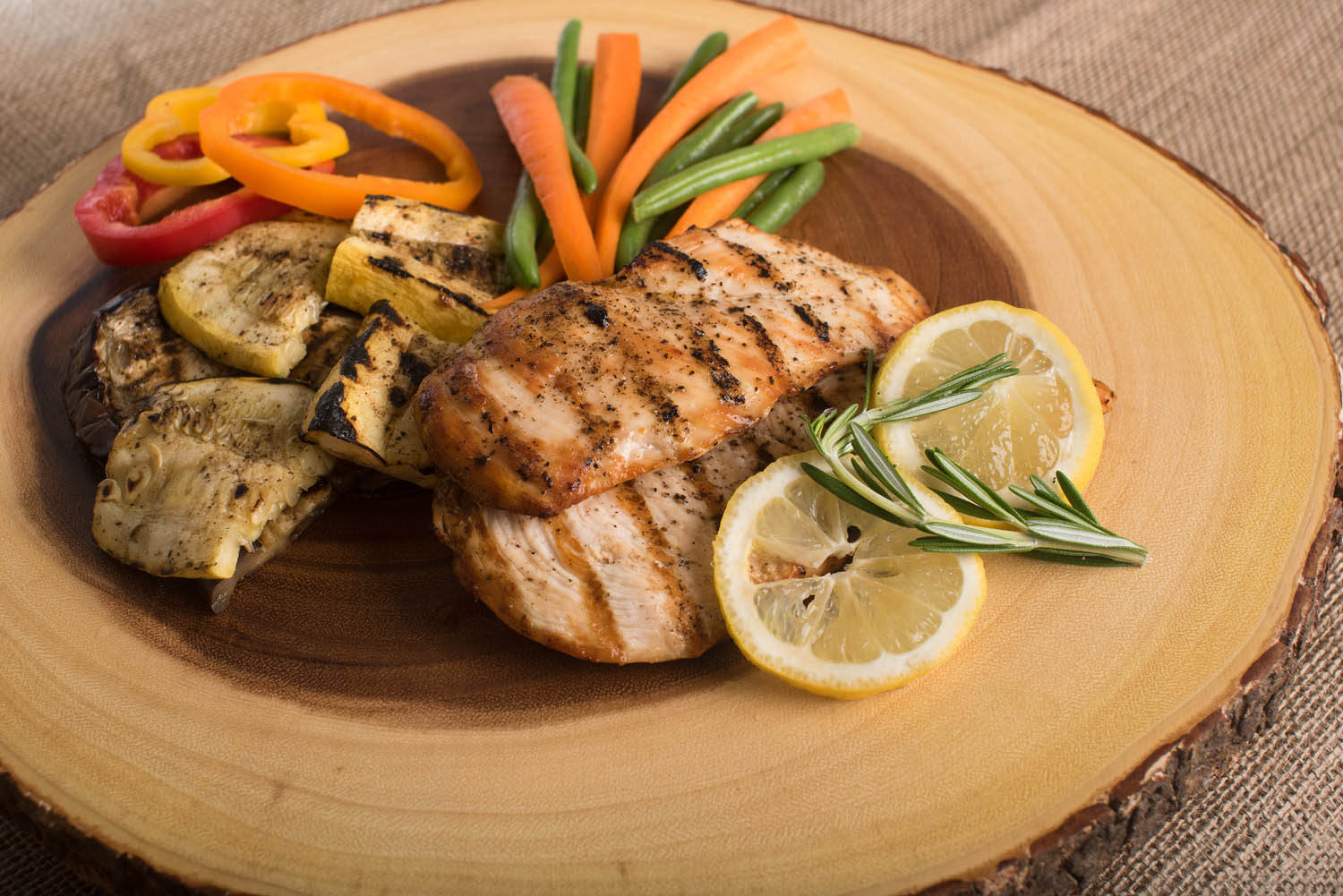How to Easily Consume 1g of Protein Per Pound
Getting enough protein in your diet is essential for building and maintaining muscle mass, as well as supporting overall health. For those who are active and looking to maximize their protein intake, aiming for 1g of protein per pound of body weight can be a beneficial goal. While it may seem daunting at first, with some strategic planning and smart food choices, it’s entirely achievable. Here are some simple and effective ways to ensure you’re getting enough protein in your diet:
Choose High-Protein Foods
When aiming for 1g of protein per pound of body weight, it’s important to prioritize high-protein foods in your diet. Some excellent sources of protein include:
- Lean meats such as chicken, turkey, and beef
- Fish and seafood
- Eggs
- Dairy products like Greek yogurt, cottage cheese, and milk
- Plant-based sources such as tofu, tempeh, lentils, and beans
- Nuts and seeds
By including these foods in your meals and snacks, you can easily boost your protein intake without having to rely on supplements.
Plan Your Meals
Meal planning can be a game-changer when it comes to reaching your protein goals. Take some time to plan out your meals for the week, making sure to include protein-rich options in each one. This could be as simple as adding a serving of chicken breast to your lunch salad or incorporating a protein shake as a post-workout snack. By having a plan in place, you’ll be less likely to fall short on your protein intake.
Snack Smart
Snacking presents an excellent opportunity to sneak in extra protein throughout the day. Keep protein-rich snacks on hand, such as hard-boiled eggs, Greek yogurt, or a small portion of nuts. These options are convenient, portable, and can help you bridge the gap between meals without resorting to less nutritious choices.
Consider Protein Supplements
While it’s best to prioritize whole foods, there may be times when reaching your protein target is challenging. In such cases, protein supplements can be a helpful addition to your diet. Whey protein, casein protein, and plant-based protein powders are all popular options that can easily be added to smoothies, oatmeal, or even baked goods to increase their protein content.
Spread Your Protein Intake Throughout the Day
Instead of trying to consume all of your protein in one or two large meals, aim to spread your intake throughout the day. This approach can help optimize muscle protein synthesis and improve overall protein utilization. Including a source of protein in each meal and snack can help you meet your target without feeling overwhelmed by large portions.
Stay Hydrated
Proper hydration is essential for optimal protein utilization in the body. Aim to drink plenty of water throughout the day to support digestion, nutrient absorption, and overall health. Dehydration can hinder your body’s ability to effectively utilize the protein you consume, so be sure to make hydration a priority.
By incorporating these strategies into your daily routine, you can easily meet the goal of consuming 1g of protein per pound of body weight. Remember, consistency is key, and small changes can add up to significant results over time. With a bit of planning and a focus on nutrient-dense foods, you can fuel your body with the protein it needs to thrive.











